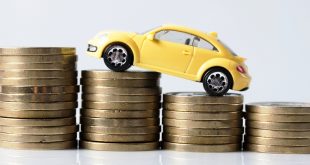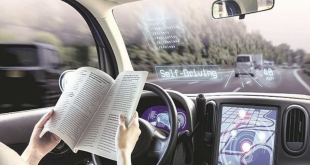You’re standing in the car dealership looking at a shiny new car that you’ve had your eye on for months, years even. It looks fantastic – sleek and elegant, you can picture the envy in your friends and neighbours’ eyes as you proudly display the car outside your house. There is just one problem – you haven’t taken it for a test drive yet.
No matter how much you want the car you should never skip the test drive as this is the only way to fully confirm whether or not you should buy it. Just because it looks great and has fantastic reviews does not automatically mean that it is the right choice for you. And when it comes to buying a used car, test drives are vital.
So what should you test when you take the car for a test drive? First of all it’s important to ensure that you are insured, if you are buying from a car dealer they will normally cover you, however if it is a private seller you will usually have to insure yourself and have this with you during the drive.
Throughout the test drive, from getting into the car to when you finish, make sure you take your time. Don’t let the seller hassle you, as it is you who will have to part with thousands of pounds not them.
The first thing to check is that the car feels right for you. Can you get in and out easily? Are the seats comfortable and easy to adjust? Are the controls within easy reach and accessible? Do the mirrors provide a comprehensive view?
Also remember to put your hand on the car bonnet before getting into the car to ensure that the engine is cold. This is essential if it is a used car, otherwise there might be engine problems when you start the car that the seller is trying to hide. When you do start the engine look out the back window, checking to see if there is any blue or black smoke indicating engine problems, also listen to hear if there are any unusual sounds.
Normally a test drive route will include a variety of roads, from slow back streets to faster duel carriageways or motorways, as well as bends and hills. This will enable you to test the car fully and see how well it copes at different speeds. Also make sure you pull over during the drive and turn off the engine, then re-start it again. This provides you with an extra engine check.
While on the drive you are looking to test the steering, brakes, gears and clutch, as well as to get a general feel for how the car performs.
The steering should be smooth and the car should respond immediately when you turn the wheel. Also the car should remain steady when driving in a straight line, not pulling to one side. When changing gears watch out for any stiffness or difficulty with the gear stick and listen for any grinding noises. With the clutch make sure the pedal isn’t abnormally stiff or soft, as well as ensuring that the clutch doesn’t engage only when your foot is near the floor.
Brakes are probably one of the most important aspects of the car to test, as faulty brakes could result in a life threatening accident. Make sure you test the brakes several times and, if you plan to do so forcefully, ensure it is done is a safe place and let your passengers know beforehand. The brake pedal should feel firm and the brakes should kick in before your foot has gone all the way to the floor.
If you are unsure about anything with the car during the test drive seriously reconsider whether or not this is the right car for you. The reason to do a test drive is to make sure that the car is safe, roadworthy and comfortable for you to drive.
Written by Derin Clark, a writer, editor and blogger.
 Automotive Blog Automotive Blog brings you the latest news, car reviews and information on the automotive industry.
Automotive Blog Automotive Blog brings you the latest news, car reviews and information on the automotive industry.




